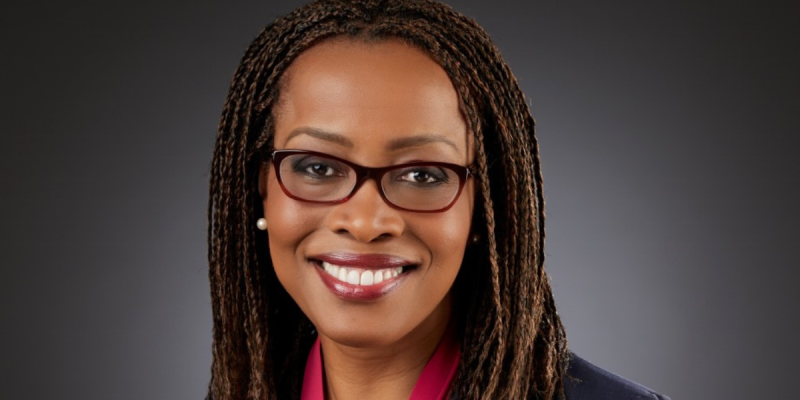LONDON (AP) — Fans of Liz Truss think she is the new Iron Lady.
Britain’s foreign secretary is one of the two final contenders to replace Boris Johnson as Conservative Party leader and prime minister. Some 180,000 party members will be asked to choose either Truss or former Treasury chief Rishi Sunak, with the winner set to be announced Sept. 5.
If Truss wins, she would become Britain’s third female prime minister. She has forged her image in homage to the first, Margaret Thatcher.
Truss has posed in a British Army tank in Eastern Europe, evoking an image of Thatcher during the Cold War. In a televised leadership debate this week, Britain’s top diplomat sported a pussy-bow blouse eerily similar to one the late prime minister used to wear.
Truss, 46, is a favorite among many Conservatives, who revere Thatcher above all other leaders. Critics say it’s an empty homage and believe Truss lacks the gravitas to lead the country amid economic turbulence and a European war.
As foreign secretary, Truss has been front and center in Britain’s support for Ukraine and Western sanctions against Russia over the invasion of its neighbor. She also has figured prominently in the U.K.’s feud with the European Union over post-Brexit trade arrangements.
Her pugnacious approach — along with her promises to slash taxes and boost defense spending — have made her the favorite of the party’s strongly euroskeptic right wing.
Writing in the Daily Telegraph, Truss said she was “the only person who can deliver the change we need on the economy — in line with true Conservative principles — and the only person capable of stepping up and leading the response to Ukraine and the increased security threat that the free world faces.”
But opponents criticize her as a dogmatist and a wooden public speaker, and note that she has not always been a true-blue Tory.
Born in Oxford in 1975, Truss is the daughter of a math professor and a nurse who took her on anti-nuclear and anti-Thatcher protests as a child, where she recalled shouting: “Maggie, Maggie, Maggie — out, out out!”
Truss attended a public high school in Leeds, northern England, and then studied philosophy, politics and economics at Oxford University, where she briefly belonged to the centrist Liberal Democrats and called for the abolition of the monarchy.
She worked as an economist for energy giant Shell and telecommunications firm Cable and Wireless, and for a right-of-center think tank while becoming involved in Conservative politics and espousing free-market Thatcherite views. She ran unsuccessfully for Parliament twice before being elected to represent the eastern England seat of Southwest Norfolk in 2010.
Truss is married to Hugh O’Leary, with whom she has two teenage daughters.
In Britain’s 2016 referendum on whether to leave the European Union, Truss backed the losing “remain” side. But she has served in Johnson’s staunchly pro-Brexit government as trade secretary and then foreign secretary, and has won the support of the Conservative Party’s most fervent Brexiteers.
Her record as foreign secretary has drawn mixed reviews. Many praise her firm response to the invasion of Ukraine, and she secured the release of two British nationals jailed in Iran where her predecessors had failed. But EU leaders and officials hoping she would bring a softer tone to the U.K.’s relations with the bloc have been disappointed.
Tim Bale, professor of politics at Queen Mary University of London, says the fact that euroskeptics adore Truss, while suspecting Sunak of pro-EU views — despite that fact that he backed “leave” in the referendum — shows the importance of image over substance in politics.
“His image doesn’t fit that of a Brexiteer whereas hers does,” Bale said. “There’s a kind of presumption that if you’re a bit of a smoothiechops who moves easily in international circles you must be a remainer, and if you’re someone who tells it like it is to Johnny Foreigner then you’re obviously a (true) Brexiteer.”
Follow all of AP’s coverage of British politics at https://apnews.com/hub/boris-johnson






















